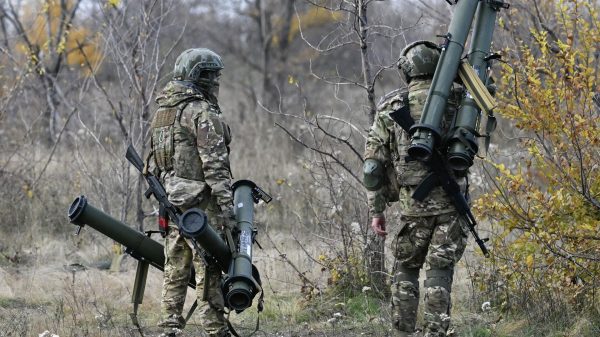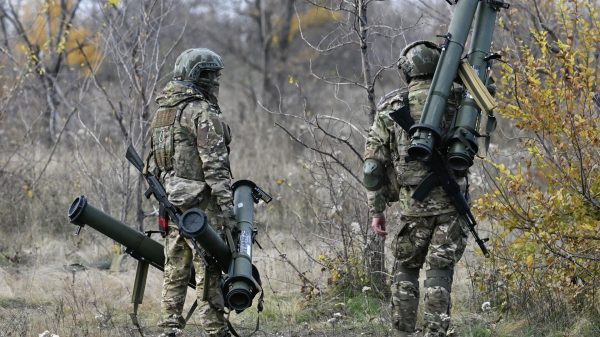Archaeologists have discovered a frightening number of remains
In Spain, archaeologists have found more than 6.7 thousand bones of livestock. Pigs, horses and even dogs were sacrificed for rituals. In total, scientists found 52 dead animals in Casas del Turunuelo. The results provide grounds for studying ancient Spanish civilization from a different angle.
 Photo: Construyendo Tarteso
Photo: Construyendo Tarteso
Spanish and French scientists excavating in the Las Vegas Altas del Guadiana area have conducted a detailed analysis of more than 6,700 bones revealed rituals of mass animal sacrifice. Excavations began in 2015. The remains show signs of deliberate burial, which is a type of violent killing.
The author of the study, Maria Pilar Iborra Eres, noted why bones were found at the excavation site: “historically, Casas del Turunuelo was repeatedly used for ritual animal sacrifices.” She added that «archaeological sites attesting to large animal sacrifices rarely date back to the Iron Age in the Mediterranean region, and there is a gap between the information provided by written sources and the archaeological record.» This disparity in information makes it difficult for experts to establish a clear understanding of the patterns and protocols of past ritual practice.»
For the new study, published in the journal PLoS One, the research team examined a well-preserved example of mass animal sacrifice located at an Iron Age site , known as Casas del Turunuelo, dating from the late 5th century BC. This place is the historical center of the Tartessos civilization.
The team examined and dated more than 6,000 bones belonging to 52 sacrificial animals, which were buried in three successive stages.
Archaeologist Iborra Eres tells The Independent: “The animals identified were predominantly adult horses, with a smaller number of cattle cattle and pigs and one dog.»
The researchers also found that in the first two stages of the sacrifice, the skeletons were largely intact and unchanged, but in the third stage, the skeletons — with the exception of horse remains — show signs that the animals were processed for food, suggesting that this ritual was accompanied by some kind of feast.
Maria Pilar Iborra Eres emphasized that the study allows us to establish details of the ritual protocols at the site, including the deliberate selection of adult animals rather than young ones, and the importance of fire, as evidenced by the presence of burnt plant remains and animals.
Archaeologists believe that the culture of Tartessos combined the features of the local Iberian population and the Phoenicians who arrived from the countries on the eastern coast of the Mediterranean Sea. They had a writing system called Tartessian, from which 97 inscriptions have come down to us.
In the region of the western Mediterranean where the Tartessians lived, archaeological evidence of animal sacrifice is difficult to find. However, written sources, including Homer's Odyssey, describe animal sacrifices in the Mediterranean during this time.
Casas del Turunuelo also has unique features compared to other archaeological sites due to the large number of horse sacrifices.
“The remains of horses were discovered as a result of methodical excavations in one of the areas of this building, in the interior courtyard,” reports the British publication The Independent.
The room was also likely used repeatedly over several years for various sacrificial rituals.
The team was surprised that the find was perfectly preserved and depicted what they believed to be an accurate picture of the rituals that were performed there. They hope to complete the study by using new methods to study the specimens.
“Archaeology allows us to learn many aspects of life in past societies,” comments Maria Pilar Iborra Eres. She hopes that «by using innovative methodologies such as computed tomography, paleoparasitology, isotope analysis to study diet and mobility or ancient DNA, the goal is to conduct a complete study of the site's past.»
























































Свежие комментарии